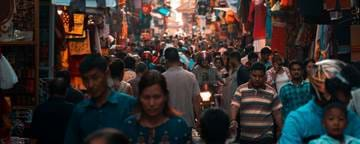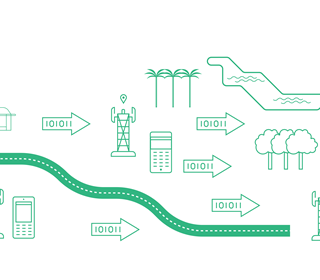Call Detail Records (CDRs) provide an opportunity to address important data gaps regarding human population mobility, density and characteristics.
Indicators derived from CDRs can provide an up-to-date and dynamic perspective on subscriber mobility within a country while preserving the individual privacy of subscribers.
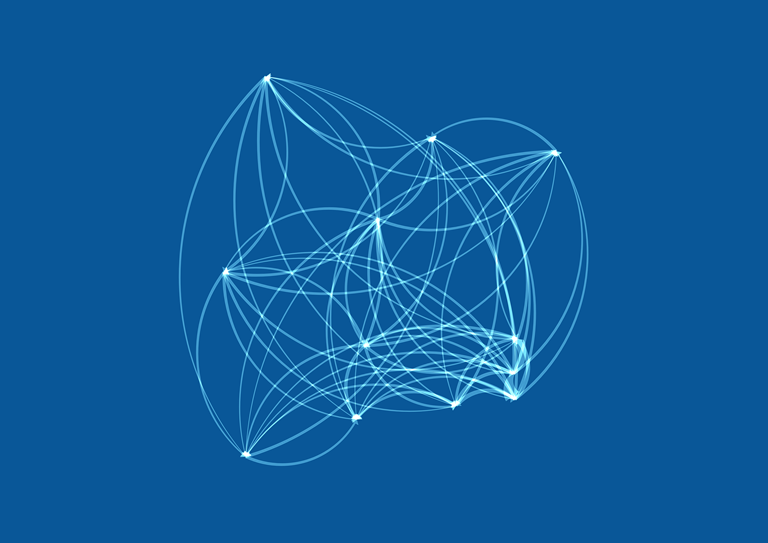
CDR aggregates have been used to gain near-real time insights into:
- The change in the geographic distribution of a population;
- In the short -term (hourly and daily footfall)
- In the longer term (where do people stay and reside)
- Which areas people travel between, and when do they do so.
Up-to-date information on the change in the number of people in a given area and the numbers of people moving within and between different areas has a broad range of applications, from disaster or humanitarian crisis management to public health or transportation.
CDR data are especially useful to answer specific questions around population mobility & distribution.
CDR data are especially useful for understanding the changes in population distribution and mobility in response to a specific event, such as a disaster or the implementation of public health measures.
CDR data is also very effective for estimating the variation in the geographic distribution and mobility of populations, such as the differences between night and day, weekday and weekend or during specific events.
Other types of indicator may also be derived from CDR data for certain applications but are less common.
Population mixing
We can use CDR data to identify locations that many people have in common or which are visited by many different people in a short period of time. These indicators of population mixing are particularly useful for understanding and reducing the spread of infectious disease.
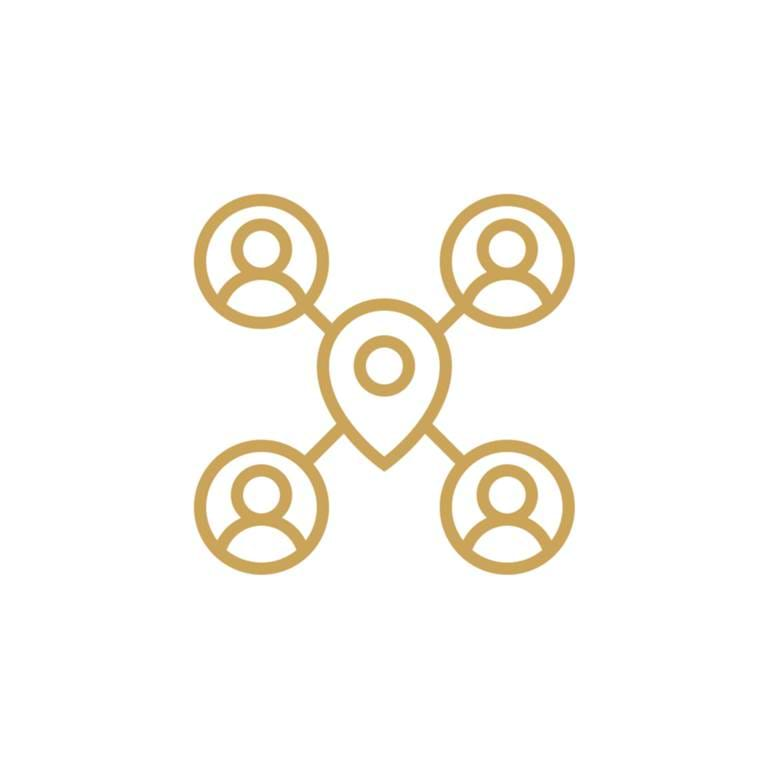
Mobility & human characteristics
CDRs can also be used to study the types of movement patterns that are observed and then create profiles for different types of subscribers, such as commuters, holiday-maker, long-distance trader, pastoralist, or internally displaced person. These categories can be defined by features such as the locations being visited, the timing of these visits and the regularity and periodicity of the visits. This can be helpful for understanding how mobility differs between different categories of individuals.
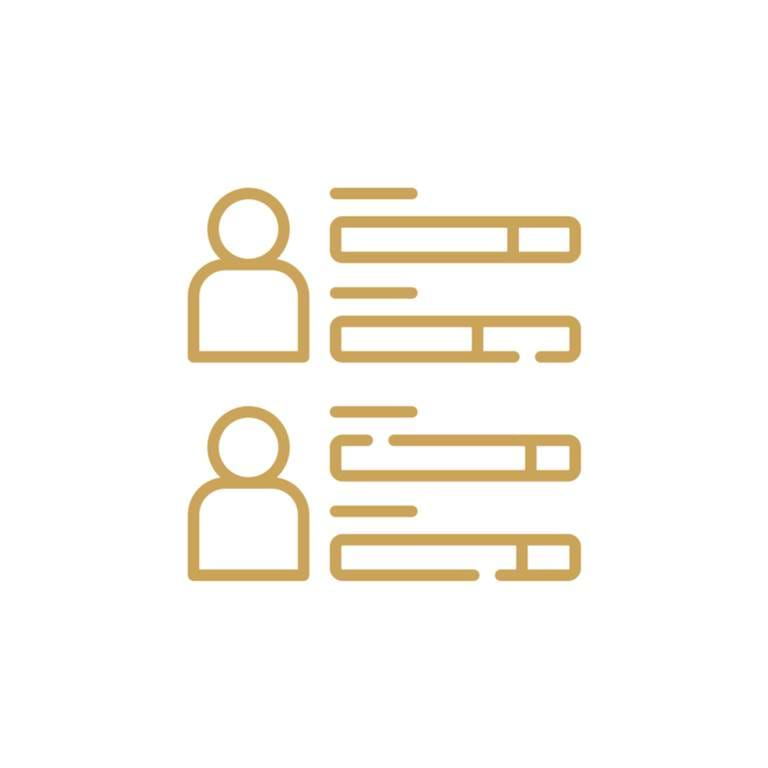
Social connectivity
If the CDRs provided by an MNO contain the location or pseudonymised identifier for the other party involved in the network event (e.g. the subscriber who made or received the call/SMS) it is also possible to study the geographic spread of individuals’ social network or social connectivity. Social connectivity has important implications for the internal displacement of people following a disaster or crisis, but can also provide other useful insights such as inferring long-term migration patterns.
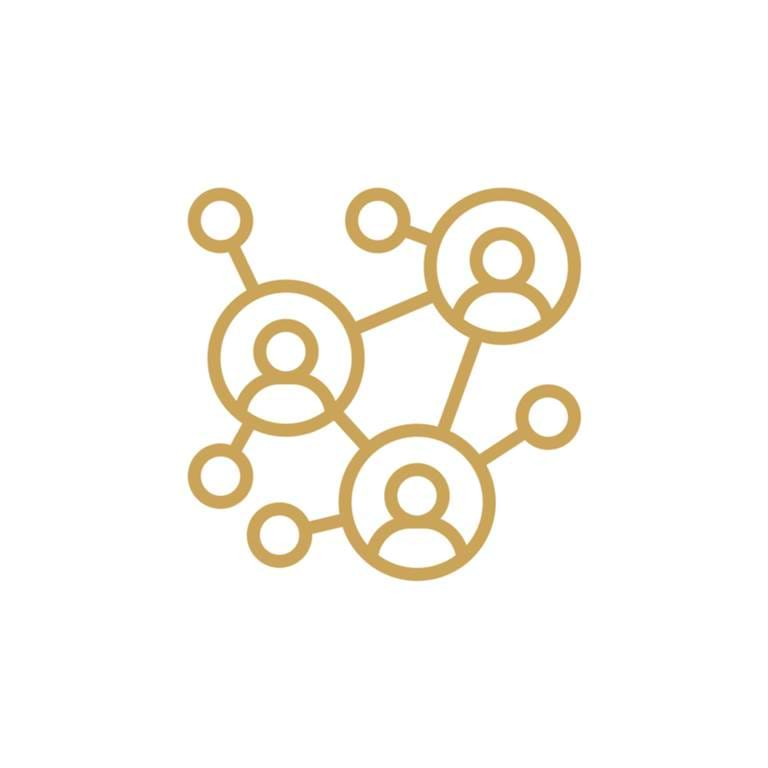
Using top-up data for socio-economic analysis
Similarly, MNOs may have further information on subscriber expenditure, such as the cost of network events and data on mobile ‘top-ups’, including the amount of money added to a subscriber's account and the amount remaining. These data can also be used to derive metrics of expenditure on mobile communications which can inform economic modelling.
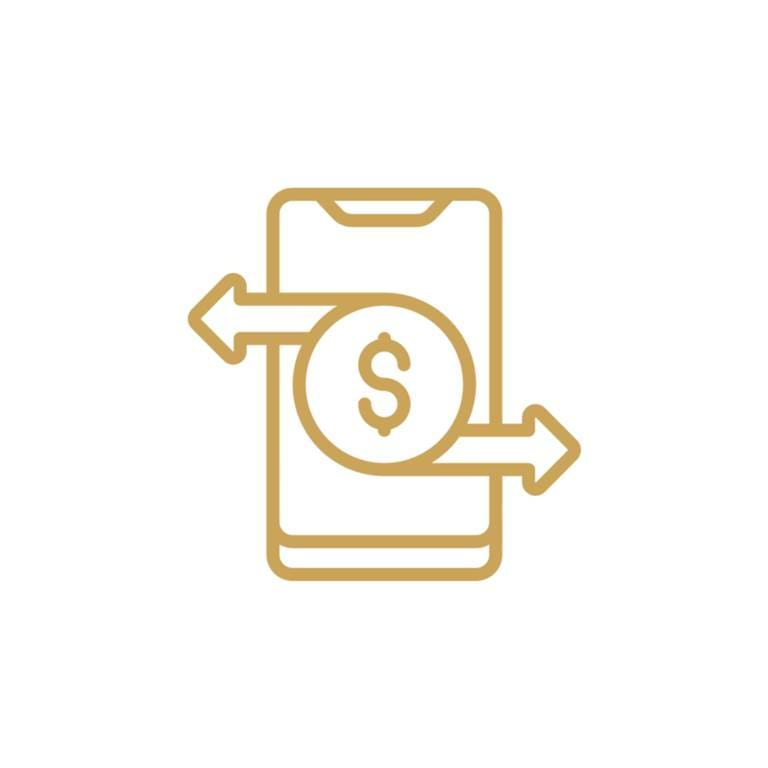
A more comprehensive discussion of the types of indicators that can be derived from CDR data and their applications can be found in these sections:
What are the applications of CDR data?
What types of indicators can be derived from CDR data?
